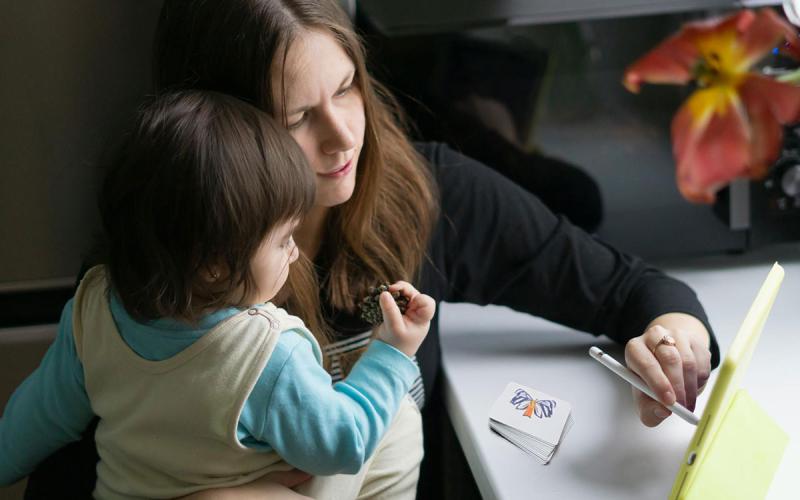I recently bought lunch for the person behind me in the drive-thru with my kids along, and my youngest asked why I did something like that. I explained to her that I was paying it forward, being nice, and that I have had it done to me before and that I wanted to return the favor to someone else.
This got me thinking about how I can continue to teach my kids about being grateful and becoming successful and happy adults. Research shows that gratitude plays a big part in adults’ well-being and success, and recent studies show that the more gratitude you exhibit, the greater protection you have from stress and depression over time. The results suggest that gratitude not only helps people form, maintain, and strengthen supportive relationships, but it also helps people feel connected to a caring community.
So, knowing the benefits of what being grateful does for our mental health, how can we start teaching our children starting at birth?
7 Strategies to Foster Gratitude

According to the Greater Good Science Center at UC Berkeley, there are 7 strategies to foster gratitude:
1. Model and teach gratitude.
Kids want to be like us as adults and we are their role models. Be grateful yourself.
2. Spend time with your kids and be mindful when with them.
Another way to show gratitude is by spending time together. Spend quality time with your kids and get rid of distractions, such as phones and technology.
3. Support your child’s autonomy.
Support their strengths and talents and help them take ownership so they can attract support and invite gratitude into their relationships.
4. Use kids’ strengths to fuel gratitude.
Once you have identified your child’s top strengths help them to use them whenever possible. This will enable them to strengthen their ability to be helpful, cooperative, and more grateful.
5. Help focus and support kids to achieve intrinsic goals.
It is easy to pick materialistic or extrinsic goals but help your child pursue goals that help provide community and growth.
6. Encourage helping others and nurturing relationships.
Teach them to lend a hand, be thoughtful to others, thank others often, and give.
7. Help kids find what matters to them.
The deepest sense of gratitude comes from connecting to the bigger picture and doing things that make a difference to you and create a meaningful life.
There is not one easy strategy to teach kids gratitude, but if you remain committed to planting the right seeds in your children and model the behavior you want them to imitate you will see the results and have more grateful kids and adolescents.


